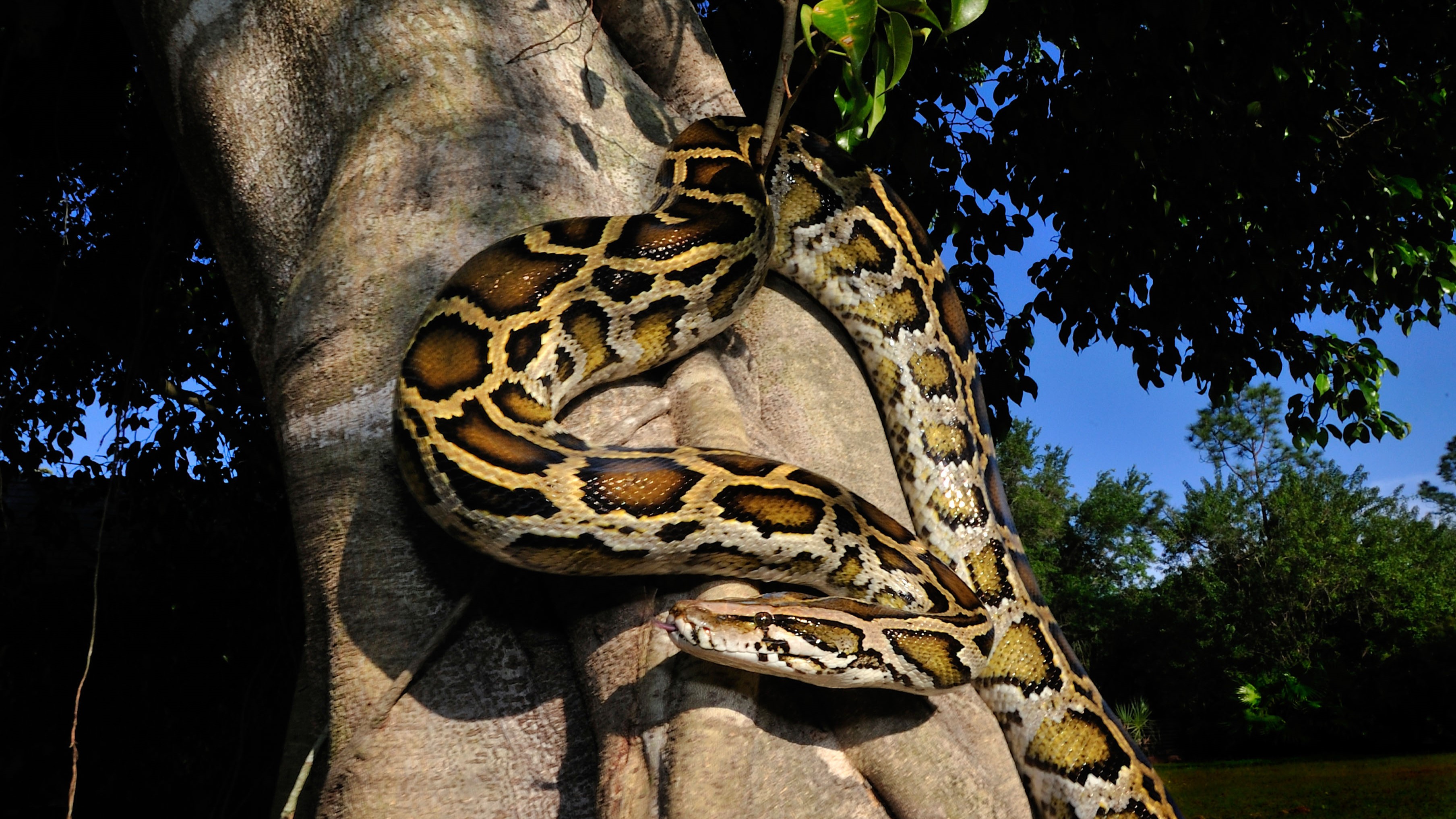In Images: Hungry Python Eats Porcupine Whole
What happens when a python eats a porcupine? Hint: It's not pretty. A hungry snake in South Africa just found this out the hard way when it ate a porcupine for supper and died less than a week later. (All images courtesy of Lake Eland Game Reserve) [Read the full python versus porcupine story]
Stuffed snake
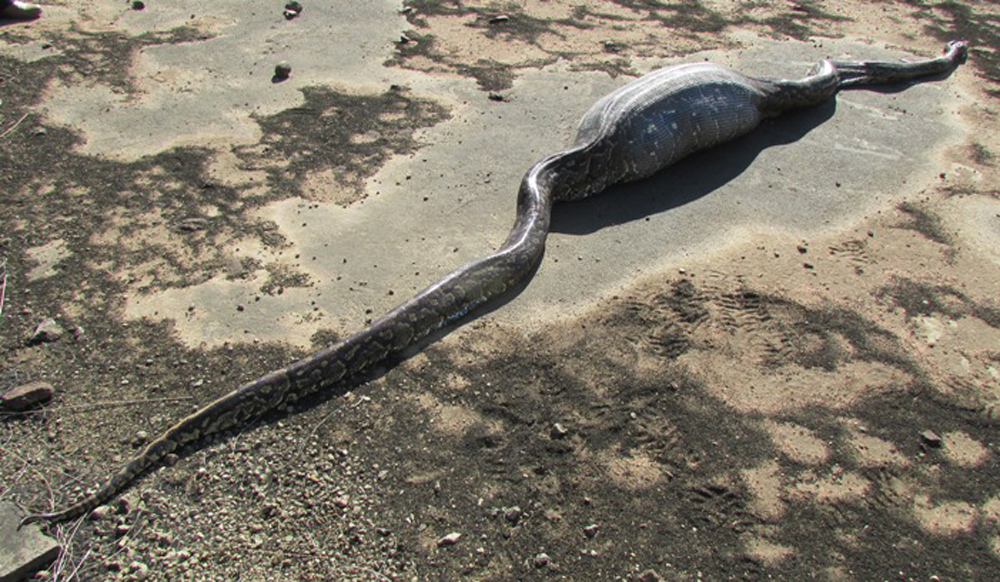
On June 14, a cyclist riding along one of the mountain bike trails at the Lake Eland Game Reserve in KwaZulu-Natal, South Africa, spotted this engorged snake.
Snack attack
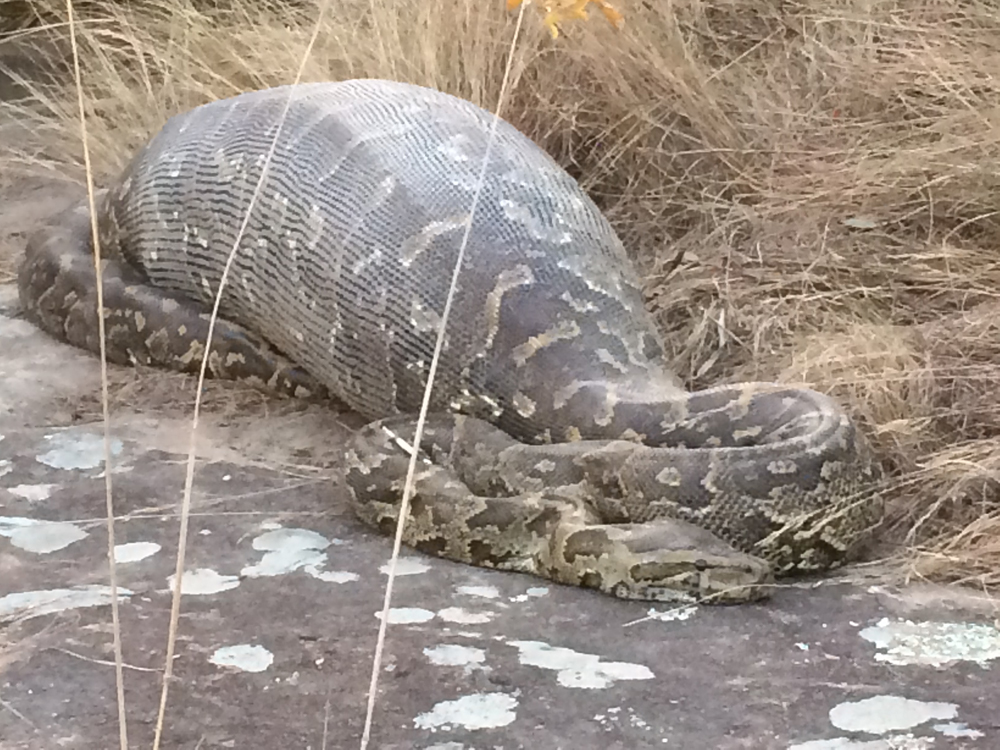
No one knew at first what the snake had eaten; just that it must have been something fairly large. Park rangers suspected the python feasted on a small warthog or a baby impala.
Porcupine's revenge
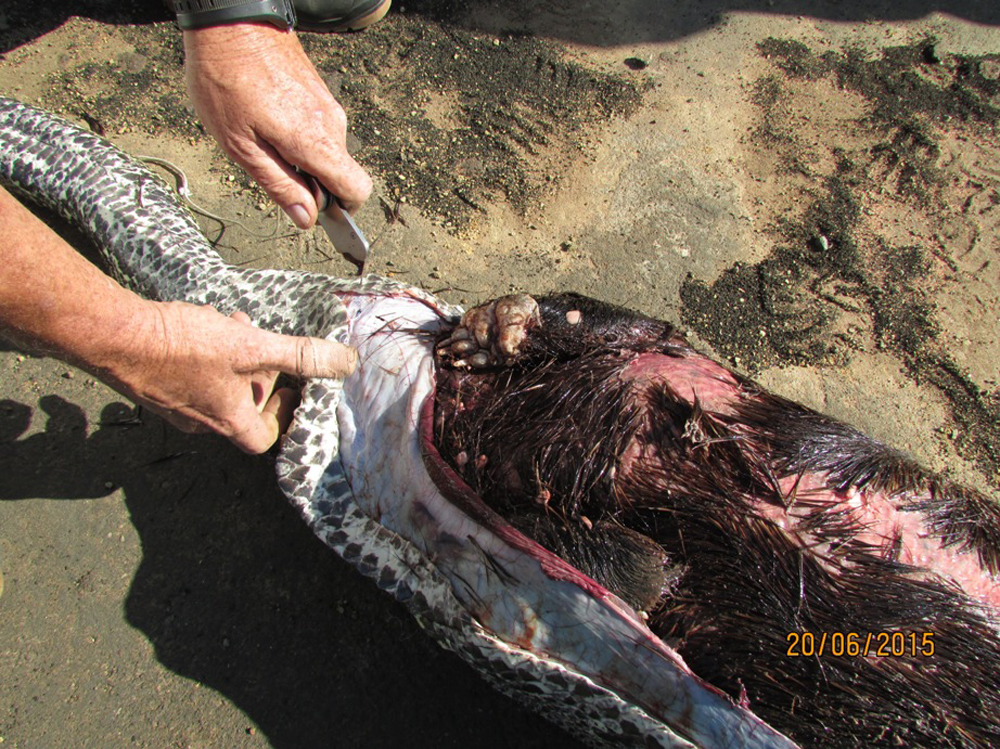
Less than a week later, on Saturday, June 20, park rangers found the python dead near the bike trail. When they cut it open, they found a 30-pound (13.8 kilograms) porcupine.
Sign up for the Live Science daily newsletter now
Get the world’s most fascinating discoveries delivered straight to your inbox.
Bad decisions

Believe it or not, pythons and other snakes do sometimes eat porcupines. However, many snakes end up regretting their choice of snack. A study published in 2003 in the Phyllomedusa Journal of Herpetology found that a porcupine's quills can pierce all the way through a hungry snake's body.
More than he could chew

Pythons in the Lake Eland Game Reserve have been spotted consuming even larger prey than a porcupine. The owner of the reserve, Eric Dunstone, once saw a python swallow an adult oribi antelope whole, according to Jennifer Fuller, the reserve's general manager. Oribi bucks can weigh nearly 50 pounds (22.7 kg). In this case, though, it likely wasn't the size of the porcupine that damaged the snake.
Snake autopsy
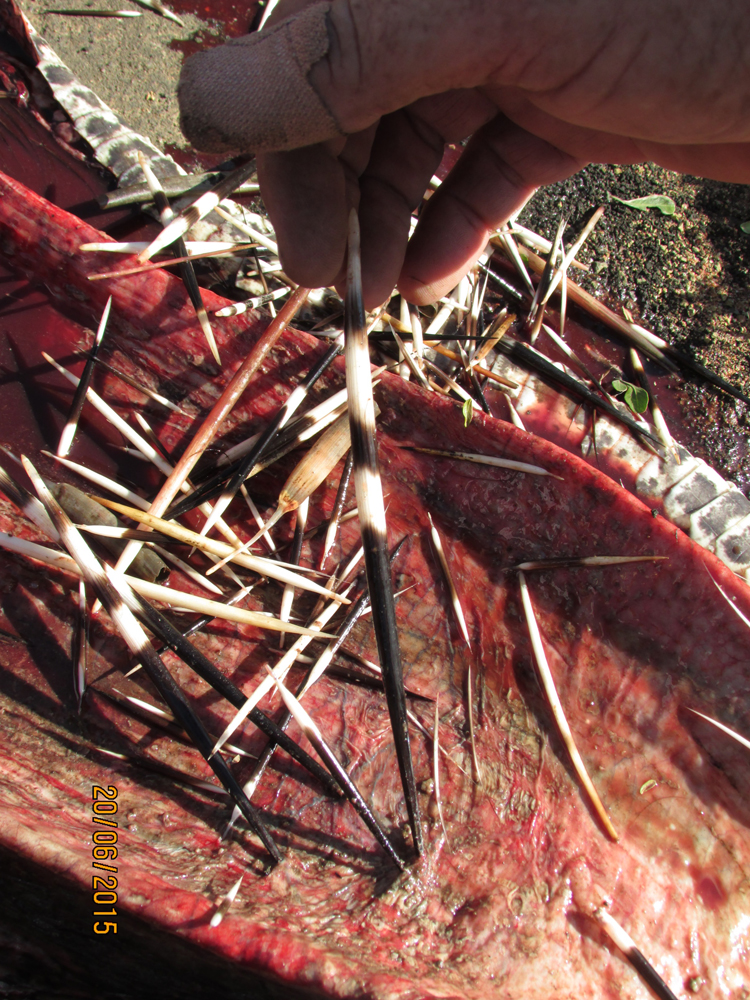
It still isn't clear if this python's spiky meal was actually responsible for its death, Fuller told Live Science. Rangers found the snake underneath a rocky ledge, where it had apparently fallen. On impact, the quills inside its engorged belly may have pierced the python's digestive tract, which could have killed it.
Empty shell

Rangers at the reserve stripped off the python's skin after removing the porcupine from its digestive track.
Long way down
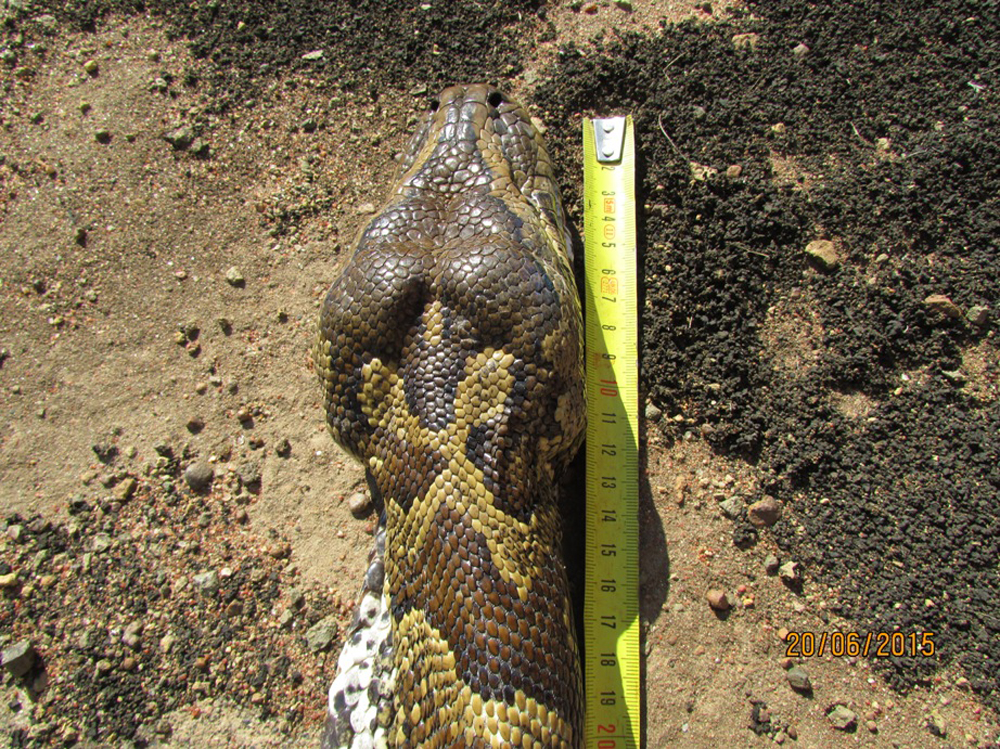
Rangers also took measurements of the snake's massive body, which measured 12.8 feet (3.9 meters) long. The snake's head features a dual set of lower jaws that move independently of one another, allowing the animal to open wide to swallow large prey.
Follow Elizabeth Palermo @techEpalermo. Follow Live Science @livescience, Facebook & Google+.

Elizabeth is a former Live Science associate editor and current director of audience development at the Chamber of Commerce. She graduated with a bachelor of arts degree from George Washington University. Elizabeth has traveled throughout the Americas, studying political systems and indigenous cultures and teaching English to students of all ages.










